By Susan Harkins
As the world begins to green up and spring ephemerals in the woods begin to fade, golden Alexander, Zizia aurea, lights up my yard. This rugged and easy-to-care for flower isn’t the first native to bloom, but it is the first to truly fulfill the promise of spring. Its delicate yellow sprays chase away the last of my winter doldrums because I know winter truly is over.
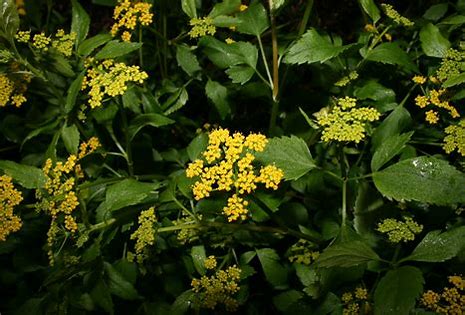
In your garden
Golden Alexander resembles Queen Anne ’s lace (Daucus carota) a bit, with their three- to four-inch-wide flat umbels of yellow blooms. However, they’re shorter at about 20 inches. As fall approaches, the capsule-shaped green seeds turn purple along with the foliage.
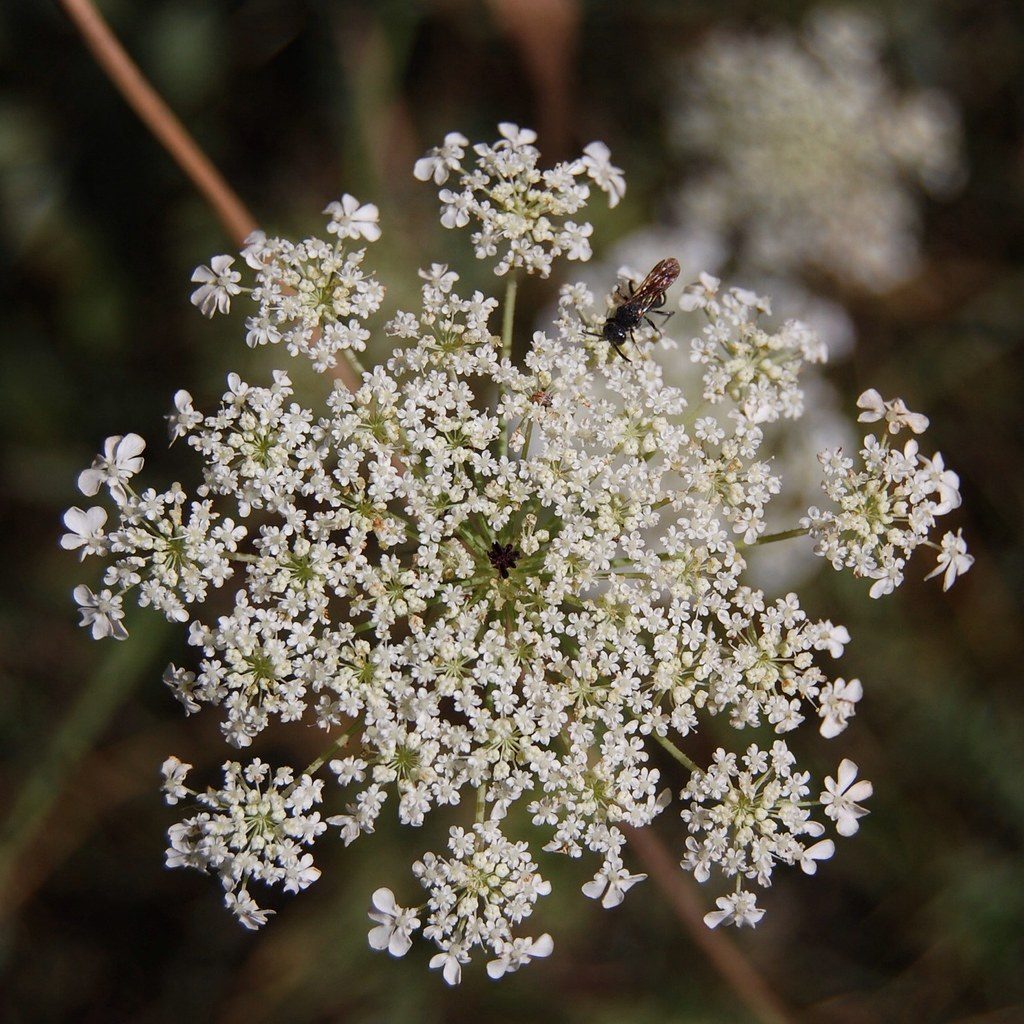
Queen Anne’s Lace 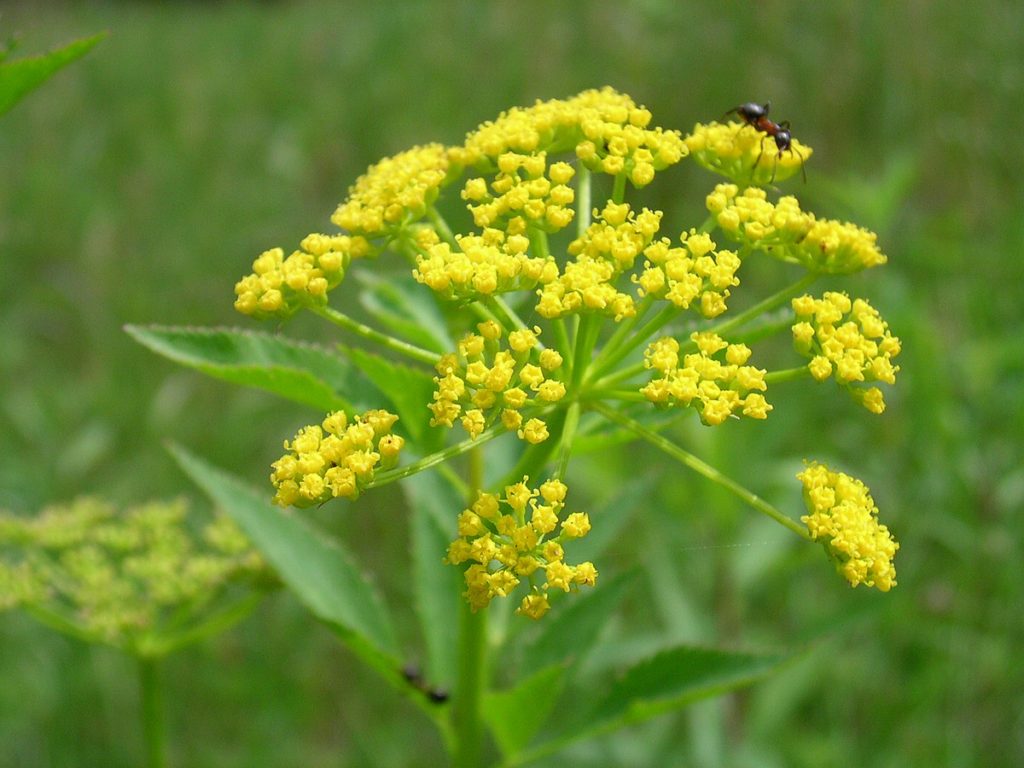
Golden Alexander
In nature, this perennial grows in meadows, woodlands, moist prairies, and along riverbanks throughout eastern Canada to the southern United States. They like a moist sunny spot, but they’ll tolerate some shade and dry summer soil. Because of their love for moist soil, they work well in a rain garden. They adapt easily and require little care. They’re a versatile little plant.
This bright flower lights up things so much that you’ll want to plant it in areas where you can easily see it from your windows, porches, and decks. If you have paths, put some around bends so they catch your eye as you wind through the spring green-up. You’ll enjoy an individual planting as well as clumps, and they make a eye-catching border in front of later-blooming natives. Their foliage and seed heads remain attractive throughout most of the summer. In fact, they will easily reseed if you don’t cut them back; once you see the seed heads, you won’t want to.
Consider pairing golden Alexander with wild geraniums (Geranium spp), smooth beard tongue (Penstemon laevigatus) , Ohio spiderwort (Tradescantia ohiensis) or wild columbine (Aquilegia canadensis). The colors, growth structure, and general size complement one another well. When planting in full sun, consider pairing it with short native grasses. If happy and left undisturbed, they will colonize after a few years.
Wildlife
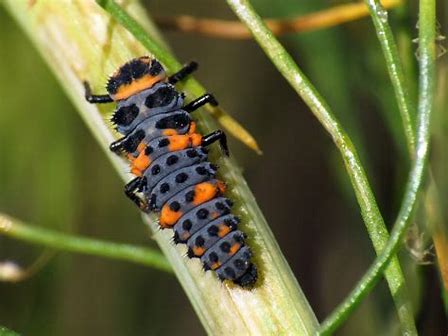
Golden Alexander is a larval food plant for the black swallowtail butterfly (Papilio polyxenes). It’s also an important source of nectar and pollen for insects emerging from pupation and the early spring Azure butterfly (Celastrina). If you’re lucky enough to have lady bugs (Cycloneda) hibernate in your yard, you might find their eggs and larvae on the leaves—the latter is an interesting find! Native bees and wasps will appreciate both the flowers nectar and pollen. Birds love the seeds, so they’re a good choice for attracting birds into your yard.
Botany and pollination
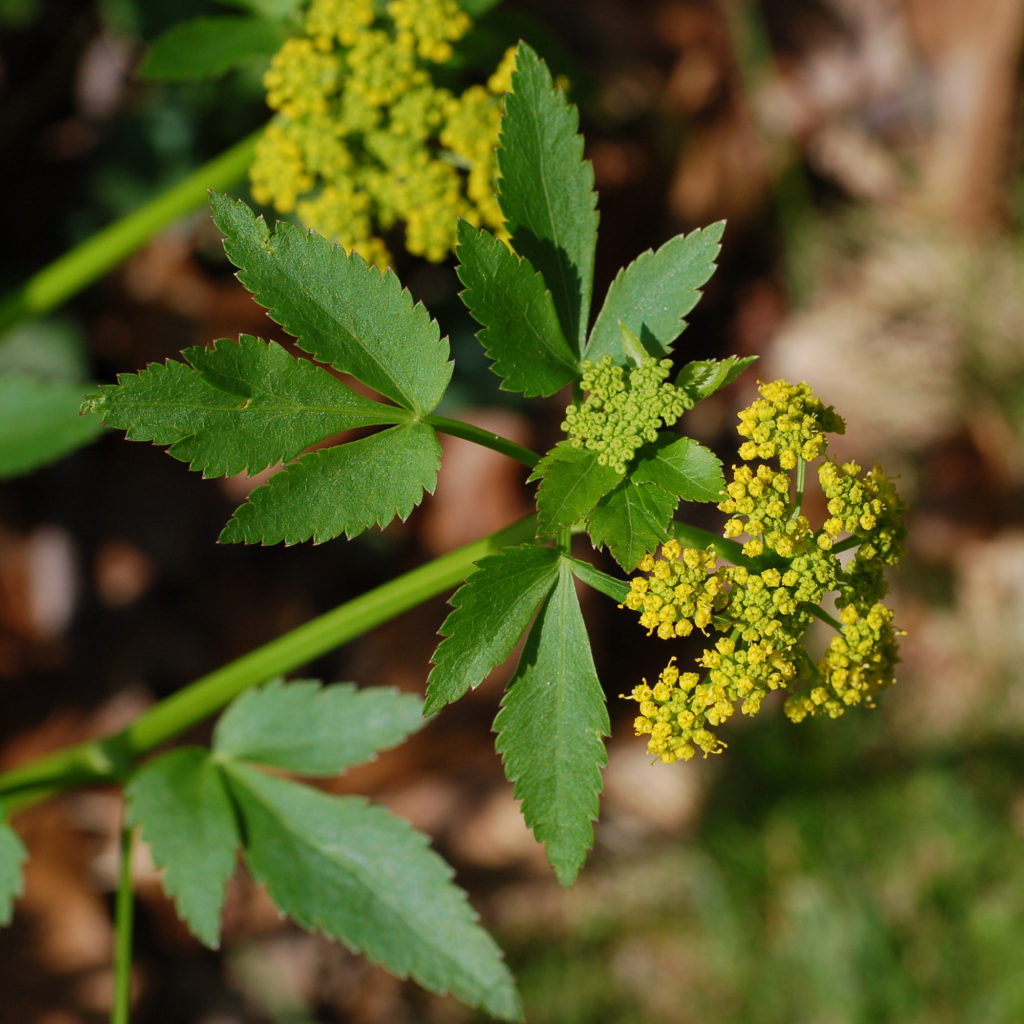
Golden Alexander is a member of the Apiaceae, or carrot, family. If you let carrots go to seed in your vegetable garden, you might notice the family resemblance. Each flower has 5 sepals, 5 petals and 5 stamens. Flower clusters form a flat flower-head; the middle flower of each umbel is stalkless. Their sharply serrated compound leaves have three leaflets, in groups of three.
Pollination is best served by early spring pollinators with short mouthparts, such as bees, wasps, flies, and beetles. In addition, golden Alexander is self-pollinating.
Propagation
Seed capsules ripen over the season in the flat umbels. For most of the year they’re green, but slowly turn purple in the fall. Once they turn brown, they are ready to collect. They fall quickly once they’re ripe; they’ve usually fallen or been eaten by birds before I get to them. They are inexpensive to purchase if you fail to collect seeds, but you can always use the paper bag method to catch them. When sowing outside, do so in November after the first hard frost.
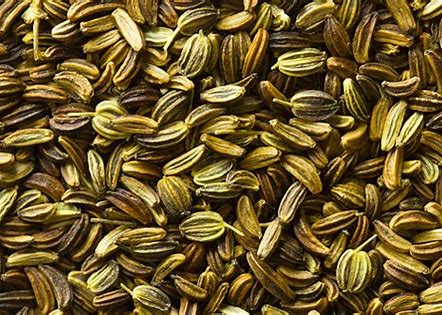
Seeds require 90 days cold moist stratification at 40 degrees Fahrenheit. That can be a problem in Kentucky; the only month you can truly depend on is January. For that reason, I recommend the refrigerator stratification method. Seeds germinate best in cool soil, so put the stratified seeds outside early; they’ll be fine. Transplant seedings to pots in midsummer and then transfer to the yard in the fall. First year plants aren’t likely to produce blooms. As with most any plant, keep well watered after transplanting.
This native propagates from seed outside or inside easily enough although the germination rate may be low—plant a lot of seeds. Division works well, but the plants droop and look weary for a bit. Division can be successful if you have an established colony. Don’t divide plants for the first few years.
This carefree plant is flexible enough to grow in most yards. Their delightful delicate flowers shout “Spring!” Plant them all over your yard; you won’t regret it.
